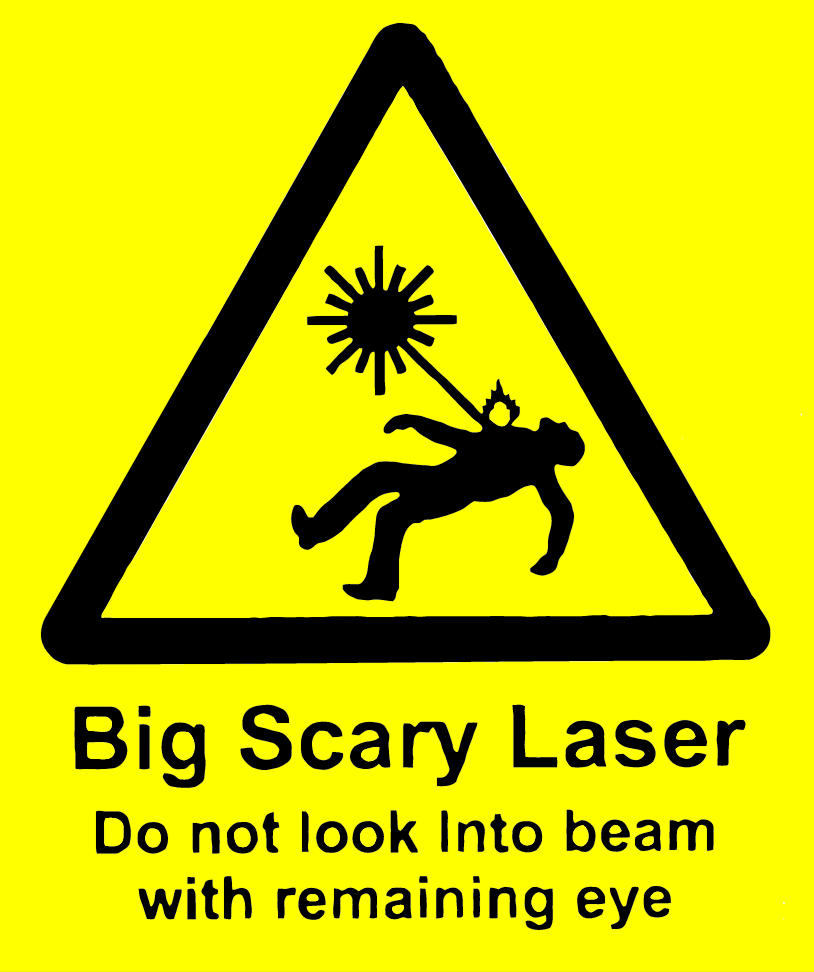I can’t believe I missed this excellent post from Sam Lord @ Everyday Scientist on how to insert an emission filter on your ocular lightpath. Having been hit by some untold number scopes wherein I either was observing, and switched to a no-emission-filter spot on the dichroic turret, or where I was observing and for one reason or another (software reset?!?!) the excitation shutter opened inadvertently, I can say with certainty that if you work on scopes long enough, this WILL HAPPEN, and it’s not good.
Of interest is the FDA’s ophthalmic instrument guidance docs for retinal radiation (sec H 2.c). From my perspective, it’s surprisingly vague.
Because prolonged intense light exposure can damage the retina, the use of the device for ocular examination should not be unnecessarily prolonged, and the brightness setting should not exceed what is needed to provide clear visualization of the target structures. This device should be used with filters that eliminate UV radiation (< 400 nm) and, whenever possible, filters that eliminate short-wavelength blue light (<420 nm).
“The retinal exposure dose for a photochemical hazard is a product of the radiance and the exposure time. If the value of radiance were reduced in half, twice the time would be needed to reach the maximum exposure limit.
Bottom line, if you have a scope which is equipped with an emission filter wheel, this is something you should address.
-Austin
